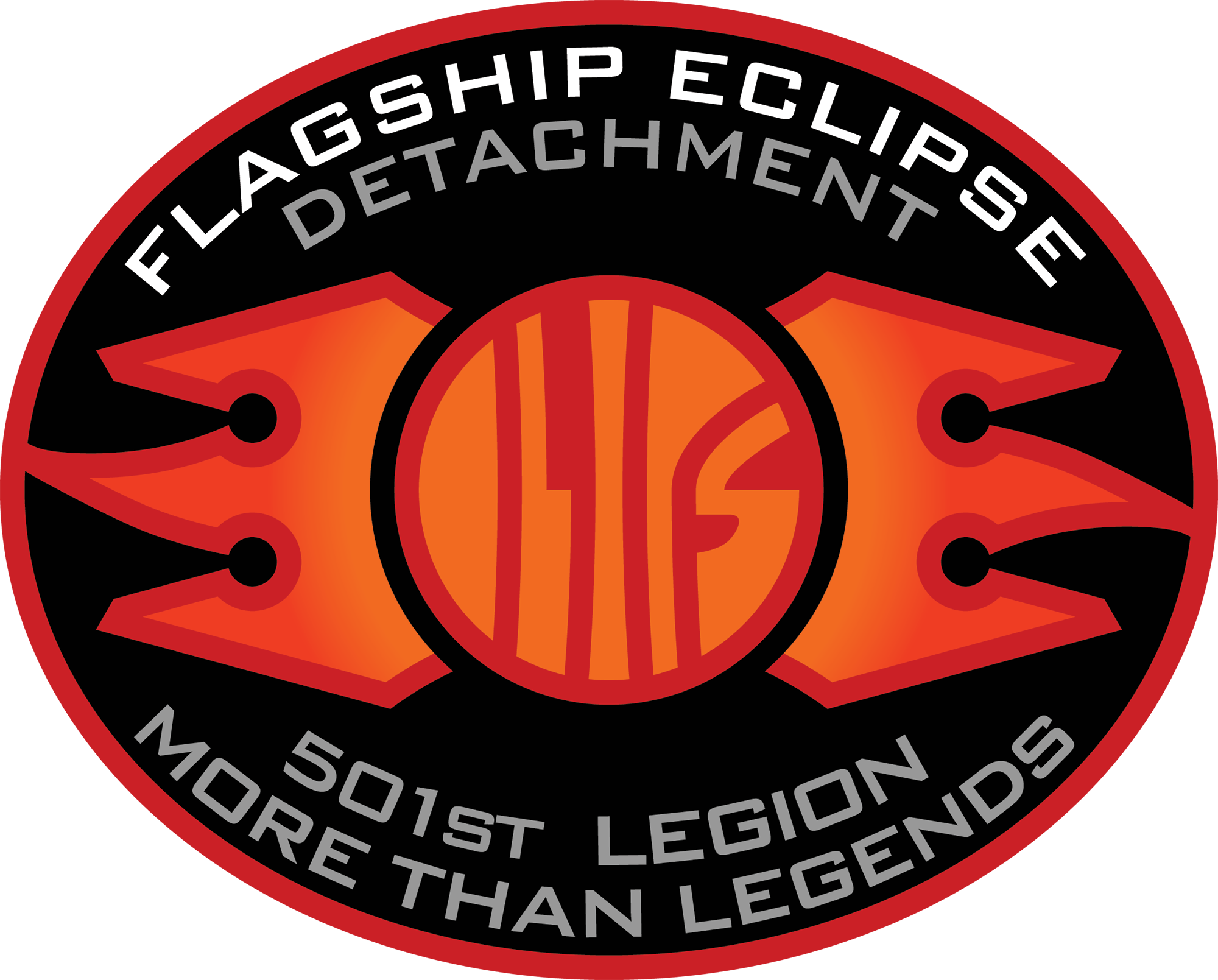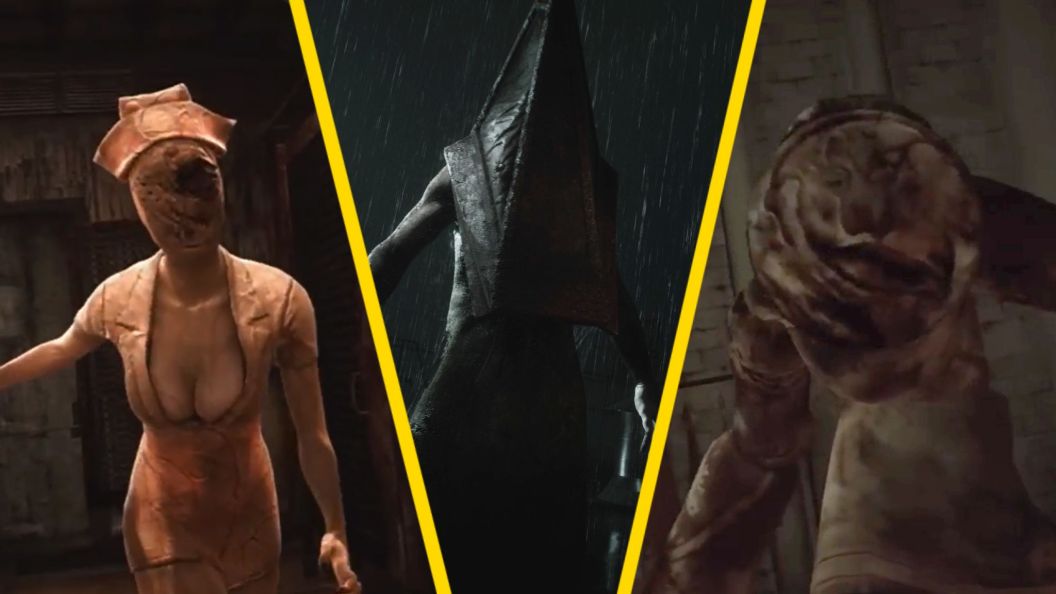
What makes Silent Hill art is its sheer depth and complexity, the stuff that’s hidden and requires you to notice and peel back the layers to fully understand. The grotesque monsters aren’t there just to scare you, but to show you exactly what fear is made of. So we can connect, understand, and feel the terror as if it’s our own nightmare.
But newer entries are so far from what made Silent Hill so powerful, scary, and more often than not, masterpieces. Its name has sadly been tainted like its own Otherworld, but we can and should remember what made Silent Hill so special.
RELATED: Silent Hill Games Will Not Stop Increasing in Price
Credit where credit’s due, as I didn’t think the dev could do it, but Bloober Team did an amazing job at recreating and modernizing Silent Hill 2. Yet, Team Silent was the master of its craft for creating the foundation of the series with the first four games, which are peak video games. Therefore, I’ve chosen to leave the Silent Hill 2 remake out of this list to reduce repeat entries, for I believe the original still reigns supreme. You’ll notice there’s no Ascension or Book of Memories either, and that’s because I haven’t played them. Based on what I’ve heard, I really don’t want to.
With those caveats in place, here is our ranking of the best Silent Hill games, which features my favorite horror game of all time. But more on that later.
10) Silent Hill: The Short Message

Release date: January 31st, 2024
The Short Message is such a disappointing game that it should have been a standalone product that’s not tied to the larger Silent Hill franchise. Nothing resembled Silent Hill, and the limited gameplay restricting you to the Amnesia and Outlast-style survival elements where you cannot fight back, made this entry super repetitive and stale way too fast for such a short game. There was no depth and any attempt to add it was quickly brought to your attention. Details were non-existent and it had a forgettable cast and a predictable narrative. It’s painfully obvious what The Short Message is about, telling a tale about how bullying and social media are awful (which we all hopefully knew already).
RELATED: 10 Horror Games to Play While Waiting for Silent Hill f
Similar to Shattered Memories, the gameplay is limited to moving around, plucking out information to gain exposition, and being bombarded by chase sequence after chase sequence. I get the concept of running away from your problems, but this version of Silent Hill tells the most basic story of what a traumatic experience can do, especially to a young mind. The Short Message has the most cookie-cutter storytelling, which is what makes me the most mad about this game.
It felt like Short Message was catered to younger audiences, who shouldn’t be consuming these themes in the first place.
9) Silent Hill: Downpour

Release date: March 13th, 2012
Downpour explores similar themes to Silent Hill 2, but in a more simplistic, digestible way. There’s not much depth between the characters, and the art design feels like it’s missing that crucial, effortless, Silent Hill touch (like the iconic fog). The monsters aren’t scary and the game explores more psychological elements, at the risk of becoming stale too fast. Downpour ventures too closely to the psychological, delivering more of a third-person walking sim than survival horror. While I liked how your actions affected the ending you got, I wasn’t invested enough in the story.
The implementation of side quests felt like a last-ditch effort to make this entry unique and provide a means to explore, but only a handful offered genuine substance to the story. I distinctly remember the endless stairwell and the frustrating Void that looked to consume Murphy. But, this, alongside the gross opening that made it impossible to like our protagonist and only strengthened James Sunderland’s gut-wrenching twist, created a forgettable and tiresome game that I wanted to forget. There wasn’t that uneasiness in the air, so I never truly felt like my life was in danger.
Murphy didn’t have much dimension, making him one of the weakest characters in the franchise to align with, and easy to hate as you started the game off as a killer.
8) Silent Hill: Shattered Memories
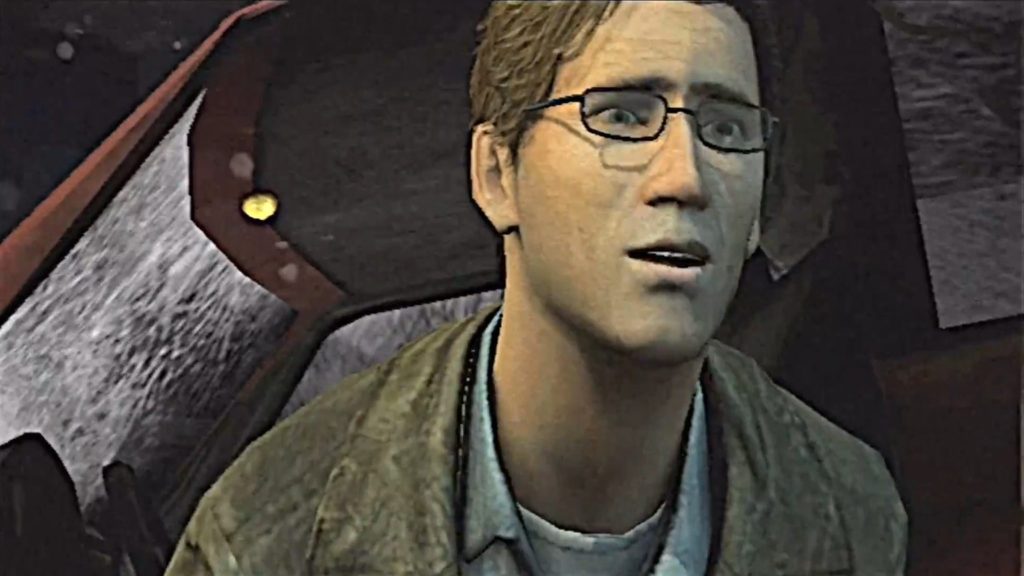
Release date: December 8th, 2009
Shattered Memories is the most interesting take on what we know about Silent Hill, because it reimagined Harry Mason’s story. Focused purely on the psychological, Shattered Memories is too on-the-nose about mental health and the human psyche that it forgot to include Silent Hill in it. Shattered Memories featured so many running sequences that it quickly grew tiresome. The story is the most unique part about this entry, but the gameplay and delivery just didn’t do it for me. It felt too basic and limited, where the original trilogy had way more depth in its atmosphere, level design, and gameplay. It didn’t feel like Silent Hill aside from the obvious connection to the first game.
This version of Silent Hill made sense for the Wii, but that only explains its shift from classic survival horror to walking simulator. The lack of combat and art direction felt more like Alan Wake. There was no real difference between the worlds aside from the frozen-over aesthetic and fog-like ceiling. Shattered Memories is worth playing for its narrative alone, however, as you develop your Psych Profile to alter what happens in the game. This, alongside the one enemy (the Raw Shock), whose appearance changed based on your decisions, are the clear strengths.
As a standalone product, Shattered Memories is really unique and shines as a psychological thriller. But, when compared to the original trilogy, it just falls short in its art design, gameplay, and scares for me.
7) Silent Hill: Homecoming
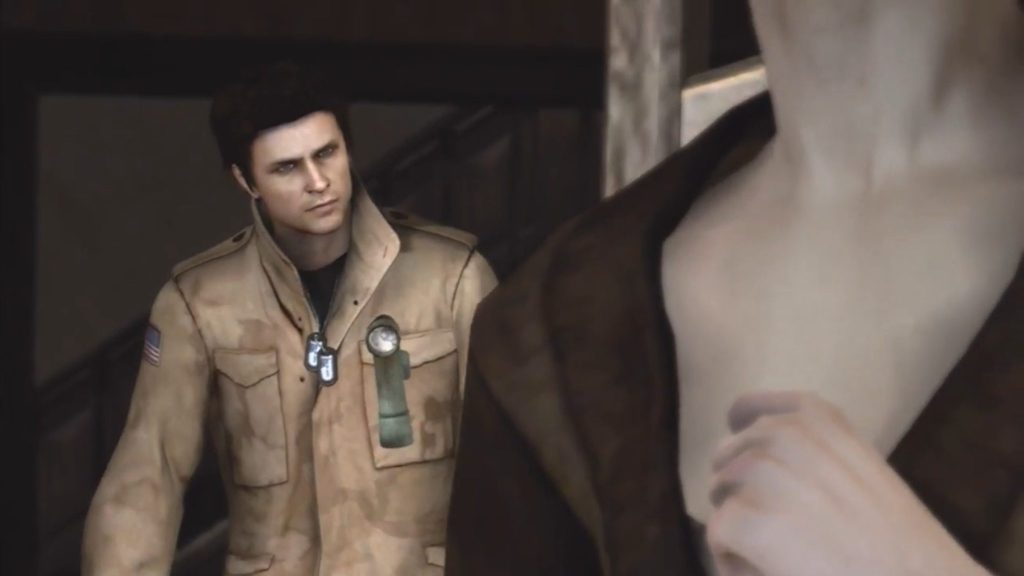
Release date: September 30th, 2008
Where Homecoming loses its impact is with its gameplay and clunky combat that seemed more influenced by Dead Space and Mass Effect than its source material. It’s too flashy, with dialogue choices and combat that’s reminiscent of any standard action game. I’m not a fan of how Team Silent took too many ideas from previous entries for Homecoming, making this game feel impersonal to Alex. His story was too surface-level, with the twist being incredibly predictable, likely because it repeated too many story elements from Silent Hill 2. What’s good about this entry, however, is its story. Diving into the more cultist side of things, we see how the effects of Silent Hill have moved further afield, where the residents’ Otherworlds began blending into one.
While Silent Hill consistently (albeit briefly) had side characters’ personal hell seeping into the protagonist’s Fog and Otherworld (as shown with recurring dogs, Nurses, and Pyramid Head), Homecoming amplifies this concept. The narrative was intriguing because of this, but it came with a huge flaw: Alex’s story was half-baked and had little development in both his character and storyline. Because the narrative jumped from person to person, we got nothing from Alex until we reached the very end, having to deal with frustrating combat along the way. Homecoming felt like it was more about boss fights and dealing with other people’s trauma, denying yourself of ever handling your own. There was too much focus on the bosses, and while their score and designs were great, it was the standard enemies that lacked depth and subtlety.
Silent Hill showed just how far a parent would go to save their child. Homecoming showed how some people aren’t meant to be parents.
6) Silent Hill: Origins

Release date: November 6th, 2007
I’m not sure how it’s possible, but Origins didn’t look or feel like Silent Hill to me. The atmosphere and sound design seemed meek, with the music being more calming than eerie. It is the most muted take of the Fog and Otherworld. The Fog World monsters felt like a regurgitation of ideas we saw in James’s version of Silent Hill. This made no sense as this is the origin story of Silent Hill and Alessa, so Fog World should be the purest form, shown through Alessa’s perspective. Origins was good for a handheld game that included more realistic survival elements, like its wide range of weapons with limited uses.
What I found most strange about this entry is how Travis just aimlessly followed Alessa, being forced to be her pawn. Locations fly by, and there’s no real sense of urgency or danger. There’s good exploration potential, but the settings are too similar, with no clear distinction between locations. While The Butcher represented Travis’s pent-up hatred, it had far too many similarities to Pyramid Head, the same with Straightjackets and Lying Figures. The Otherworld Hotel felt most like signature Silent Hill and was reminiscent of Heather’s Otherworld. This was Origins‘ peak and best location.
But I’ve never seen a protagonist get knocked unconscious so many times; it was ridiculous.
5) P.T.
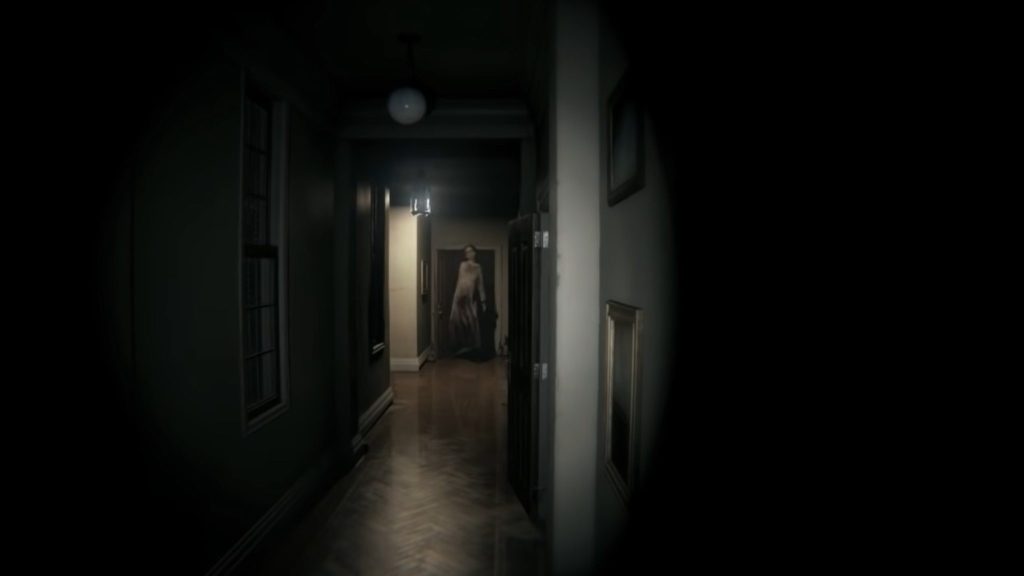
Release date: August 12th, 2014
Although this was a cancelled Konami project, P.T. reinvented the walking sim horror subgenre and permanently transformed the world of indie horror forever. A narrative-rich story that perfectly captures the descent into madness, P.T. explores Einstein’s theory of insanity, and delivers scares we’d never seen before in Silent Hill. Perfectly placed jumpscares and an uncertainty for what evil lurks around the corner made P.T. an unforgettable experience for those who were able to play it.
Although this was a teaser, P.T. offered a ton of content in such a simplistic format. Neither Fog nor Otherworld, you were forced to face the horrors so you could come out the other side—free from guilt and reborn. This could have been a standalone product, however, without Silent Hill being associated with it. Being a glorified walking sim, P. T.’s narrative, use of lighting, sound design, and voice acting separated it from the usual note-collecting format seen in horror powerhouses Amnesia, Penumbra, and Outlast. It was clever to repeatedly use the same format and setting to slightly alter details in the environment for progression purposes, backstory, and development. P.T. stayed refreshing and gripping throughout, even though it barely changed a thing.
A story about rebirth and acceptance, P.T. remains the most influential horror game in the indie sphere.
4) Silent Hill 4: The Room
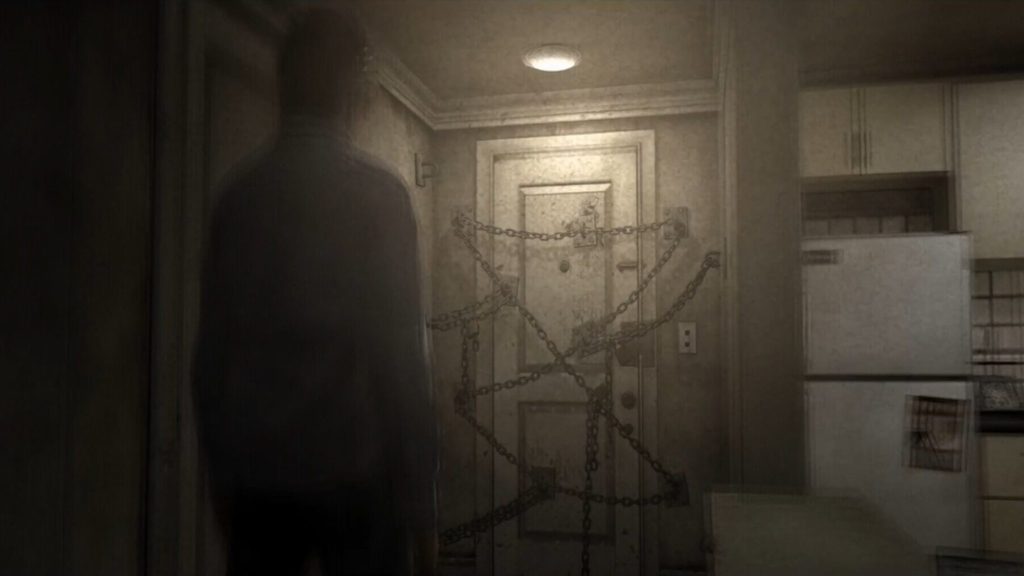
Release date: June 17th, 2004
The Room holds a special place in my heart, but it does have more flaws than the original trilogy. I adore how this game took a very different approach by including first and third-person perspectives, creating two distinct atmospheres. What was once a safe place grew increasingly more terrifying, and escaping the hellhole of Otherworld would only bring dread as the apartment became more—its past victims screaming and reaching out to you. This made me anxious every time I had to return to my “sanctuary” after completing a world. Henry’s apartment has the most effective portrayal of hauntings and the supernatural, a take we hadn’t seen before in Silent Hill.
The apartment made The Room the scariest Silent Hill for its claustrophobic, anxiety-inducing setting that made me feel watched, like I didn’t belong here. The creepiest entry for its supernatural elements and terrifying worlds, it tells a disturbing story about a serial killer and how anyone can be a hero. When I think back to Silent Hill’s antagonists, Walter Sullivan is my favorite for his backstory and motives.
The Room had aggressively disturbing imagery that demanded no analysis—just pure terror. The twins remain the scariest monster in Silent Hill (for lack of subtlety), and the persistent chase of Walter reminded me of the panic I felt running from Resident Evil’s Mr. X. But the repeated enemies and average boss fights made it impossible for me to say it’s a better game than some others. There are multiple ways The Room shines: its storytelling, location variety, disturbing imagery, and slow build of anxiety. But its weakness is its monsters, which are frustrating at times because they can stun-lock you with the same attack, looping its audio until you go mad.
3) Silent Hill 3

Release date: May 23rd, 2003
I’d say Silent Hill 3 is the most immersive game in the franchise for its story and setting, having the strongest, most brutal take on the Otherworld. I loved the challenging setting and how the way you choose to play Heather’s story determines which ending you get. SH3 is the most cultist-focused game. Heather lacked any trustworthy figures she could rely on and listen to without being tricked, making me feel more protective of her. SH3 has the freakiest monsters overall, and there’s that gnawing question about whether anything we’re seeing is real or if we’re going around killing innocent people.
RELATED: Why a New Setting Is Great for Silent Hill f
A great cast of characters, both good and evil, SH3 stands out for its distressing symbolism. But I didn’t feel the same hopelessness I did when playing SH2. Instead, I was determined to see this nightmare through, because Heather was too. There are strong and intense themes of womanhood and rape, with impossible choices forced upon a minor. But it isn’t in your face like modern Silent Hill is. The symbolism is drenched in blood, where the tiniest of details—like the wire hanger being a metaphor for abortion—portray a far darker, more twisted story with its multi-layered imagery.
SH3 has the best dialogue and is a great conclusion to the cult/Alessa’s story. It is one of the darkest entries and felt the most like a nightmare, both for its imagery and context.
2) Silent Hill

Release date: February 23rd, 1999
Silent Hill, Silent Hill 3, and Homecoming perfectly captured the town as a malevolent and unforgiving force that punishes any sinners caught in its tight grasp. But the original didn’t so much focus on what the different realms did to its residents or how it reflected their minds. It’s simpler this way, leaving the psychological out of it, as dread is built up in its atmosphere alone. Although the monsters were manifestations of Alessa’s trauma, from Harry and our perspective, they were just monsters. Silent Hill perpetuated the feeling that there was no escape from the dense fog. Everywhere seemed like a dead end and nowhere was safe. I started to wonder if Harry was losing his mind and if Cheryl was ever real to begin with.
The story got increasingly weirder as time went on, and I started to think I was the one going mad. Silent Hill had amazing worldbuilding and characters that were easy to like and align with. The atmosphere is the best Silent Hill ever did, mostly accomplished through its sound design, lighting, tank controls, and fixed camera angles. I felt lost, but with purpose, like running through an endless dream. Silent Hill created a suffocating concoction of isolation and hopelessness that only made me more desperate to find Cheryl.
Aside from Mary’s letter, Lisa’s cutscene remains the most tragic scene in Silent Hill history.
1) Silent Hill 2

Release date: September 25th, 2001
The greatest love story ever told in a horror game, Silent Hill 2 is a heart-breaking and harrowing tale about a man searching for his late wife. With themes of denial, regret, love, and loss, James Sunderland returns to Silent Hill after receiving a letter from Mary, who promises they’ll meet again in their happy place. But in a town that once evoked happiness for the couple, it is now carrying a heavy burden. A story without Alessa or the cult, SH2 demonstrated the power of flawless storytelling, soundtrack, and level design, with symbolism to painstakingly dissect long after its initial release.
Static warns where monsters roam, stalking James as if they’re trying to tell him something—a reminder perhaps? Silent Hill 2 is the perfect horror game, mixing survival horror with the psychological, handling mature themes that’ll stay with you long after the credits roll, and the true contents of Mary’s letter spill out onto the screen. SH2 has so much disturbing beauty, packed in its art and sound design, atmosphere, monsters, and narrative. The bizarre dialogue makes the setting feel dreamlike. It is the best horror story ever told, that modern Silent Hills have since tried to replicate, yet failed to capture its depth and despair.
It is worth visiting at least once, but know that once you arrive, you may never truly leave. There is no forgetting Silent Hill.
The post All Silent Hill Games Ranked From Worst to Best appeared first on ComicBook.com.
